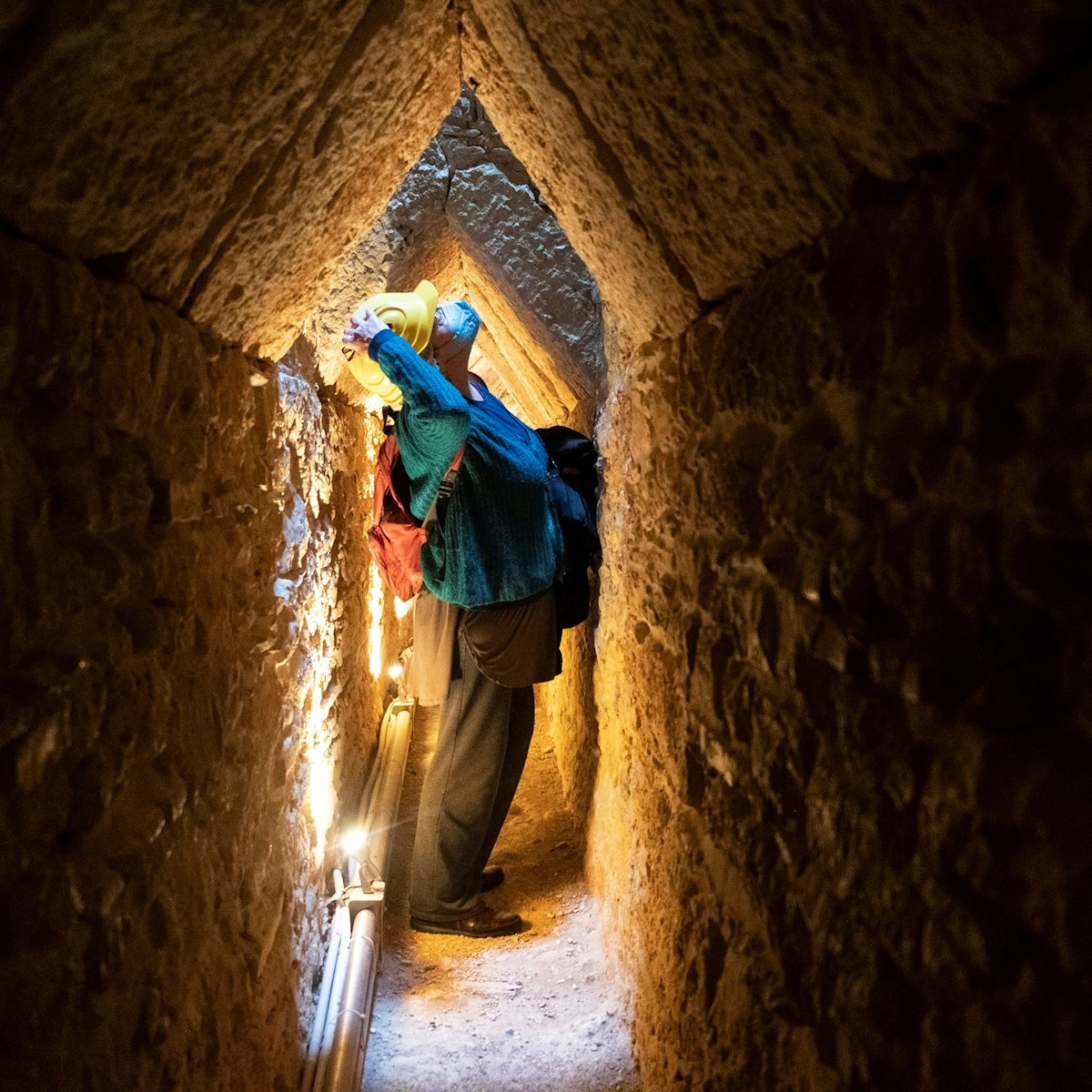Didyma (now Didim) was a important religious centre, the site of the Oracle of Apollo. The astonishing Temple of Apollo here was once the ancient world's second largest; with 122 columns, only five fewer than Ephesus' Temple of Artemis. Since the latter has only one column standing today, visiting Didyma really helps travellers visualise the lost grandeur of Artemis' temple, too. Though the site is largely in ruins, its scale is still breathtaking and two original pillars remain in situ.
In Greek, Didyma means 'twin' (here, referring to the twin siblings Apollo and Artemis). Didyma's Oracle of Apollo had an importance second only to the Oracle of Delphi. Although destroyed by Persians in the early 5th century BC, Alexander the Great revitalised it in 334 BC and, about 30 years later, Seleucid rulers planned to make it the world's largest temple. However, it was never completed and Ephesus' Temple of Artemis took first prize instead.
In AD 303 the oracle allegedly supported Emperor Diocletian's harsh persecution of Christians – the last such crackdown, since Constantine the Great soon thereafter made Christianity the state church of the Roman Empire. Oops. The now-unpopular oracle was silenced by Emperor Theodosius I (r 379–395), who closed other pagan temples such as the Delphic Oracle.
Entering from the ticket booth, clamber up the temple's 13 wide steps to marvel at the massively thick and towering columns.
Behind the temple porch, in a room called the chresmographeion, oracular poems were inscribed on a great doorway and presented to petitioners. Covered ramps by the porch lead down to an interior building called the cella (or naos in Greek), where the oracle prophesied after drinking from the sacred spring; reach it by way of two vaulted and sloped passages.
Just east of the temple is the purification well and circular altar where clients of the oracle offered their sacrifices. You can't miss the huge Medusa head nearby that once took pride of place in the frieze of the architrave over the outer row of columns. Further east is the sacred way lined with ornate statues (relocated to the British Museum in 1858) that led to Miletus.
There's little or no shade, so bring a hat and sunscreen.




